We may receive a commission when you use our affiliate links. However, this does not impact our recommendations.
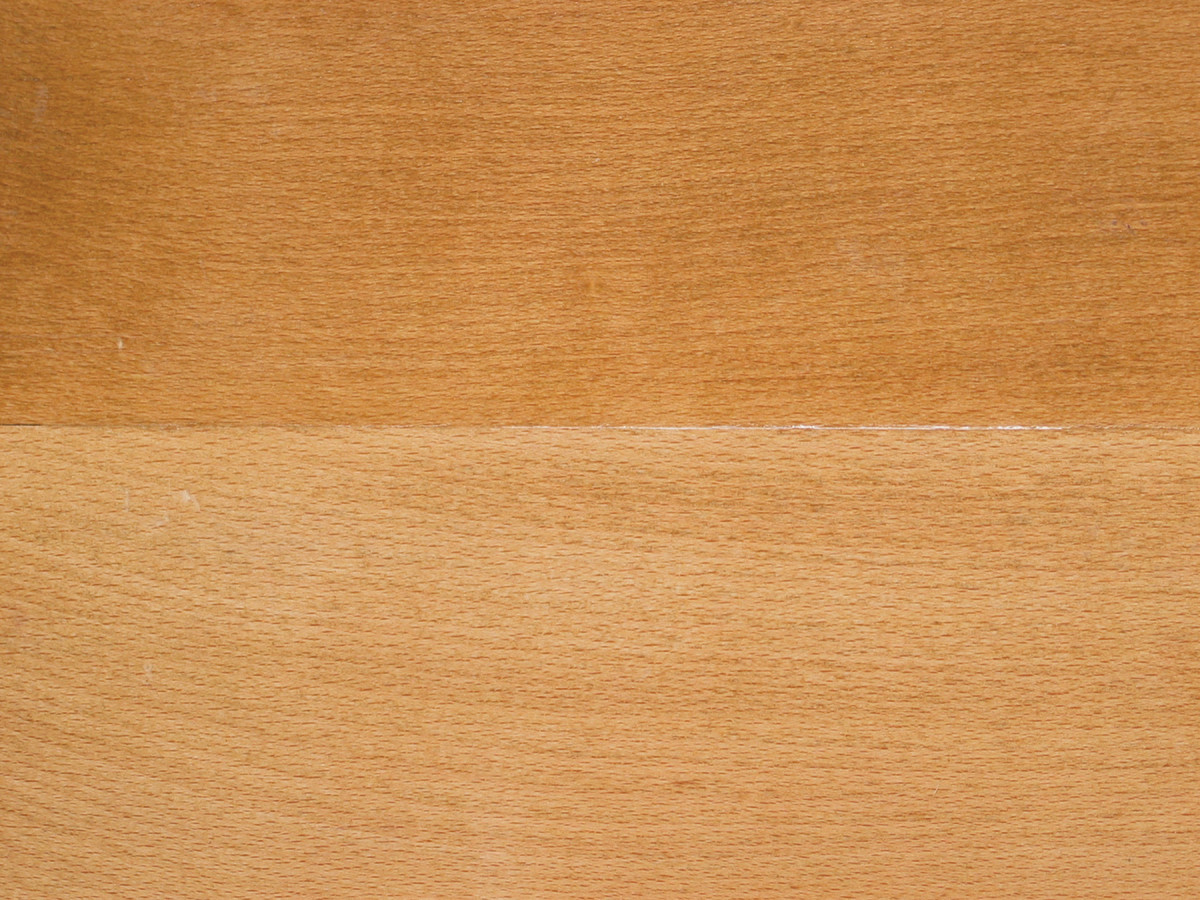
Sand to a coarser grit. To get a darker coloring with any stain when you are wiping off the excess, sand to a coarser grit. More of the colorant will lodge in the sanding scratches, producing a darker effect. In the example here, I sanded to #100 grit (top) and #400 grit (bottom).
Gain more control over your staining with these techniques.
The most popular types of stains are oil stains, also called wiping stains (though most stains are wiped after application). Oil stains are widely available at paint stores and home centers. They are very easy to use because they provide a long working time; water-based stains are more difficult to use because they dry so fast.
The problem with oil stains is that they often don’t add a lot of color to the wood, especially dense woods such as maple and birch. When you wipe off the excess stain, which is the best practice for getting an even coloring, you may not achieve the intensity of color you’re after.
Here are seven suggestions for getting a darker coloring on any wood.
1. Sand the wood to a coarser grit. The coarser the grit, the larger the sanding scratches and the more room for colorant to lodge. You just have to sand fine enough so the scratches don’t show. You may be able to get away with #150 grit, or even #120 grit, as long as the sanding scratches are running in the direction of the grain.
If you prefer to use a random-orbit sander, you can finish up by hand sanding with the grain to line up the sanding scratches.
2. Increase the ratio of pigment to vehicle in the stain (the vehicle is the combination of binder and thinner – that is, all the liquid). The higher the ratio, the darker the coloring on the wood. There are several ways to achieve this.
■ Add more pigment to the stain. Use oil pigment or Japan color pigment for oil stains and universal color pigment for water-based stains. Keep good records if you are staining multiple objects so you can duplicate what you have done.
■ Leave the stain on the wood longer before wiping off. This allows some of the thinner to evaporate, which increases the ratio of pigment to vehicle. (It’s a myth that the stain penetrates deeper.)
■ Apply a second coat of stain after the first has dried fully. This will usually produce a slightly darker coloring with the excess wiped off.
■ Substitute a glaze or gel stain for the liquid stain. Glazes and gel stains usually contain a higher ratio of pigment to vehicle.
3. Do a “dirty wipe.” That is, don’t wipe (or brush) off all the excess stain. Leave a dampness of stain on the wood that dries to a darker coloring. It will take practice to get the coloring even, especially on large and multiple surfaces.
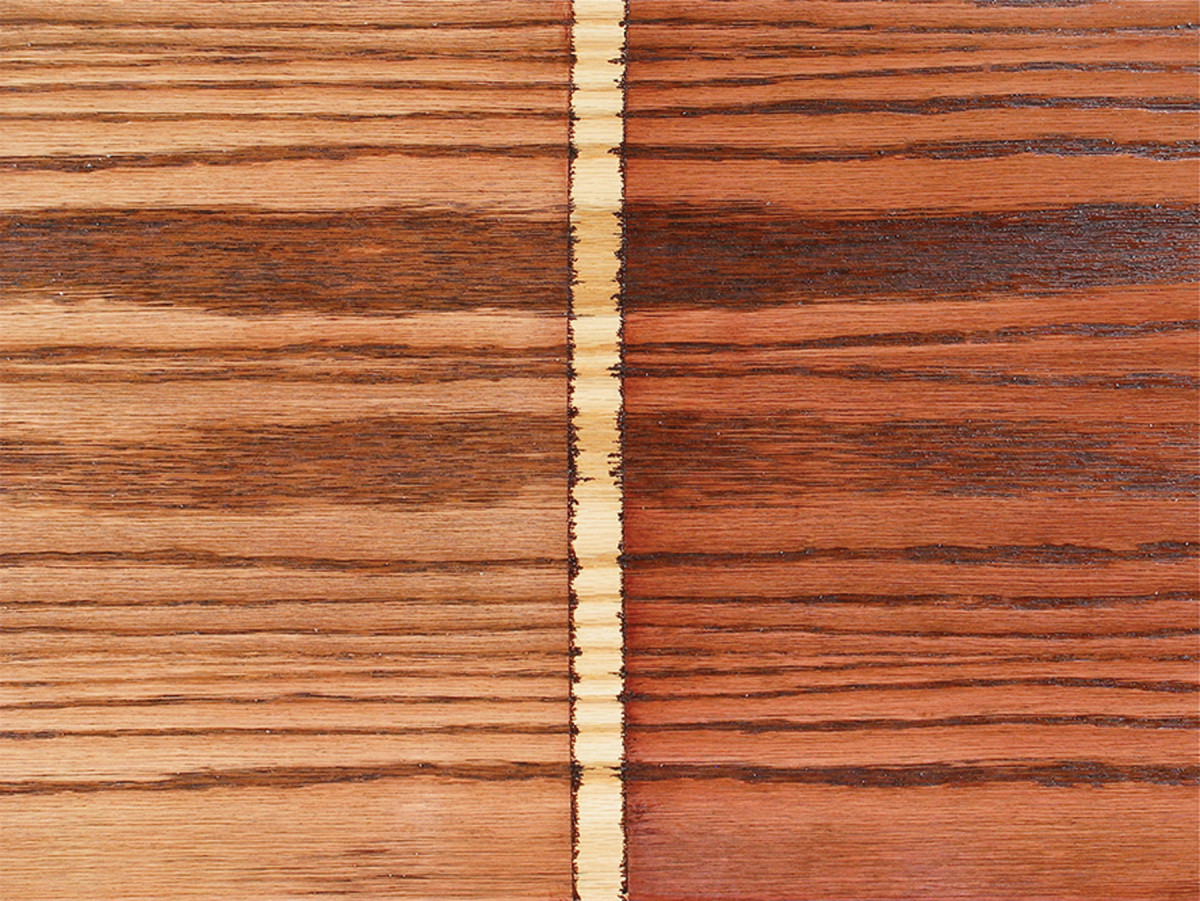
Dirty wipe. A “dirty wipe” (right) produces a darker coloring by leaving more of the stain on the wood. But it takes more practice to get the coloring even, especially over large or multiple surfaces. You usually have more control brushing off the excess stain rather than wiping.
There are two downsides to doing a dirty wipe. One is that it will muddy the wood more than if you wipe off all the excess. The other is that it could cause a poor bond to the wood if left too thick. The finish needs to penetrate the stain and establish a bond to the wood. If it can’t do this, it may separate at the stain layer if it gets knocked or scratched.
Nevertheless, a dirty wipe is such an effective and often-used method that it has its own name.
4. Wet the wood with water and let it dry before applying the stain to raise the grain and create a rougher surface for more colorant to lodge. You could shorten the procedure to one step by using a water-based stain. It will raise the grain, and the coloring will be darker when you wipe off the excess. But water-based stains dry fast, so you may need someone to help apply or wipe off on larger objects.
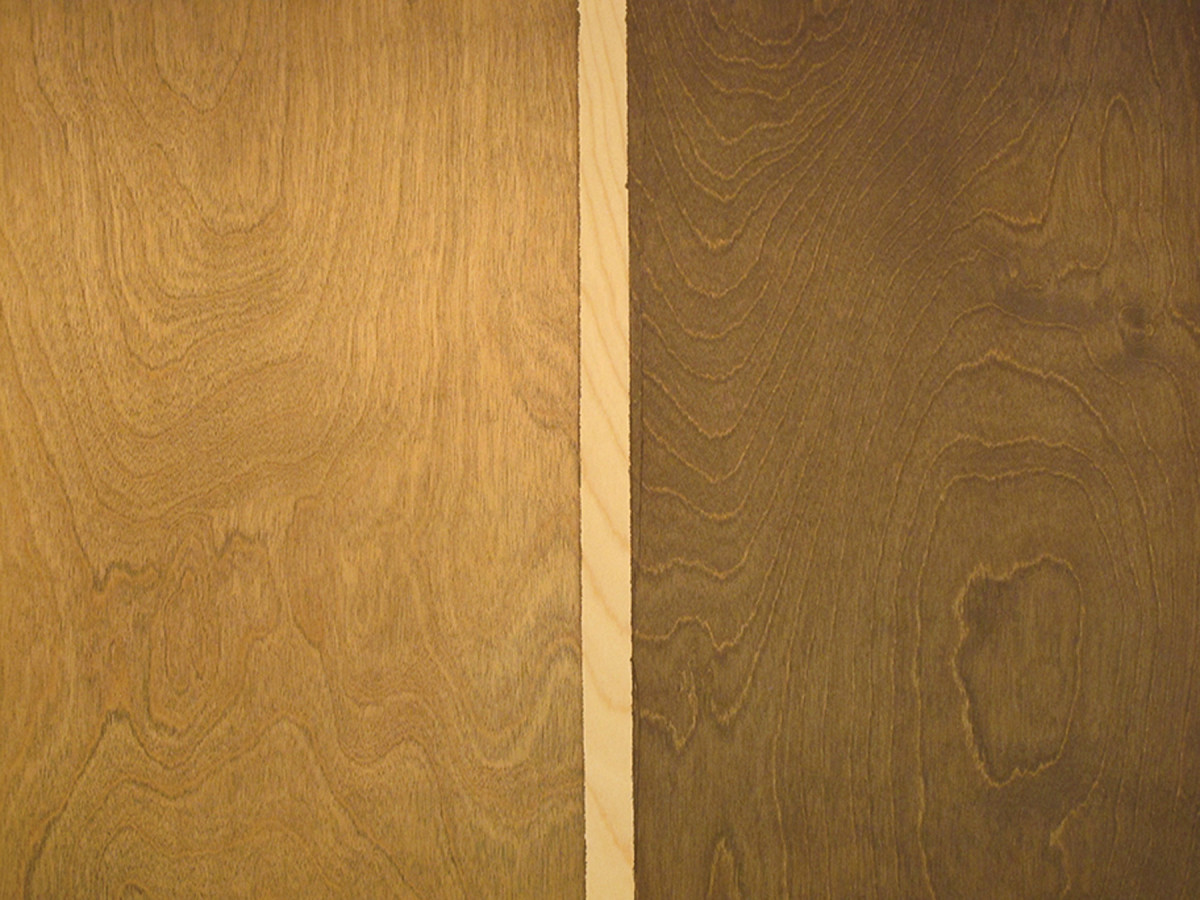
Wet the wood before staining. Wetting wood with water and letting the wood dry thoroughly, usually overnight, causes the grain to raise, making the wood feel coarse. The coarseness retains more of the stain when you wipe off the excess, leaving a darker coloring (right). Apply a coat or two of finish before sanding smooth so you don’t sand through.
Wait to sand smooth until after the first or second coat of film-building finish (not oil) or you may lighten the color in places. In other words, “bury” the raised grain.
5. Use dye instead of stain with a binder. Dyes are available in liquid form, usually called non-grain-raising (NGR) or TransTint, and in powders that you dissolve in water or alcohol. You can get dense woods as dark as you want by either using a higher concentration of dye to liquid or by applying multiple coats. There’s no risk of separation at the stain level because there’s no build.
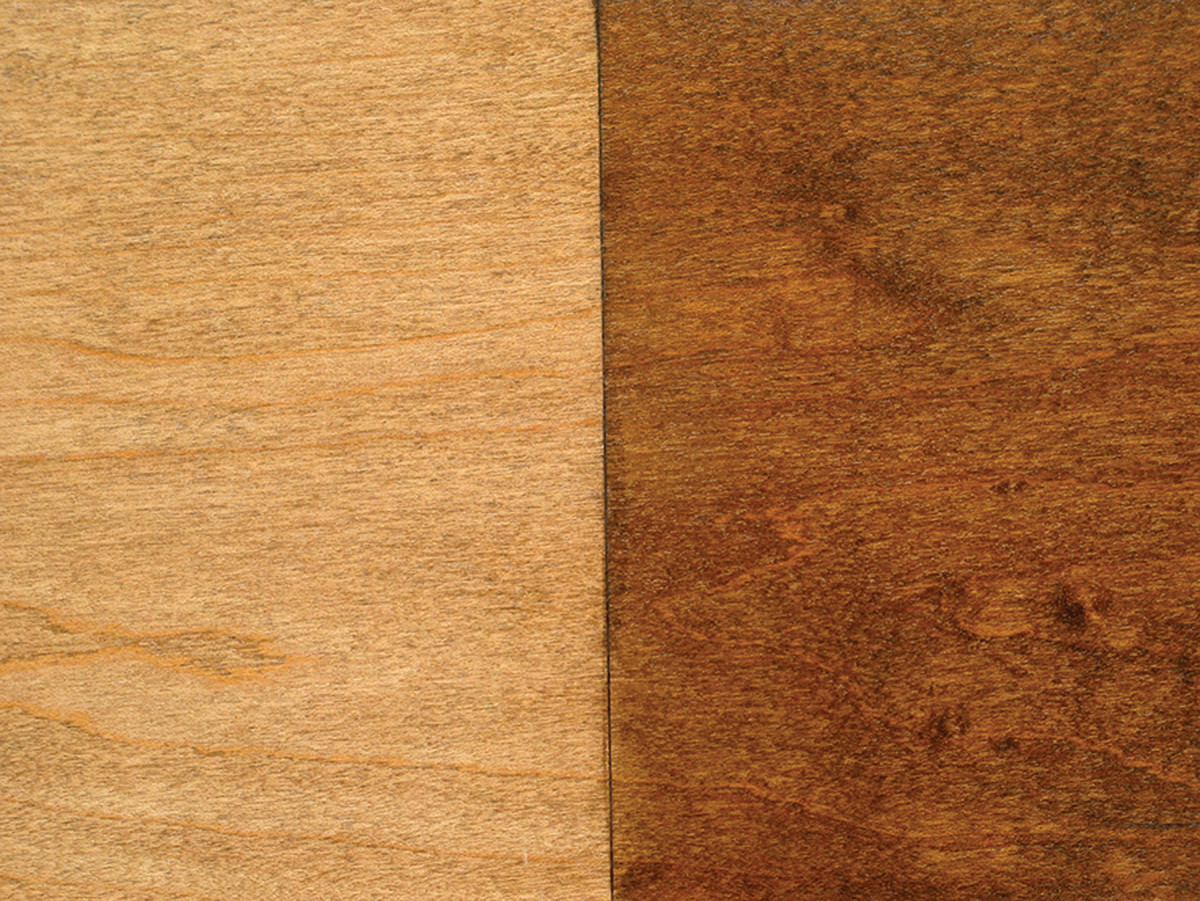
Use dye. Common oil stains that contain a binder (left) are much less effective at developing darker colors on dense woods than dye stains without a binder (right). Dye stains can be applied in higher concentrations or with multiple coats without fear of weakening the bond of the finish to the wood, as might be the case with binder stains.
For staining, I’ve always preferred the water-dissolvable powders from W.D. Lockwood or J.E. Moser (they are the same and available from catalogs) because I have much more control for achieving darker colors.
6. After applying a stain using any of the above methods, spray a toner between coats of finish, usually after the sealer coat. A toner is pigment or dye added to your finish, and it is always sprayed on the wood. Pigment will muddy the coloring. Dye will darken the color without muddying. So most toning is done with dye, and here I prefer NGRs and TransTint (which are also the same, just different concentrates). These are designed for tinting.
In addition to darkening the coloring, you can also tweak it for a better match. Add some red or orange dye to the finish to warm the coloring, and green or black to cool it. Always thin the finish and colorant a lot (even as much as six times) for better control of the color development.
7. After applying a stain and sealer (first coat), apply a glaze. This is a thickened oil or water-based stain. It’s thickened so it’s easier to control and doesn’t run on vertical surfaces. Leave a little on the surface to darken it.
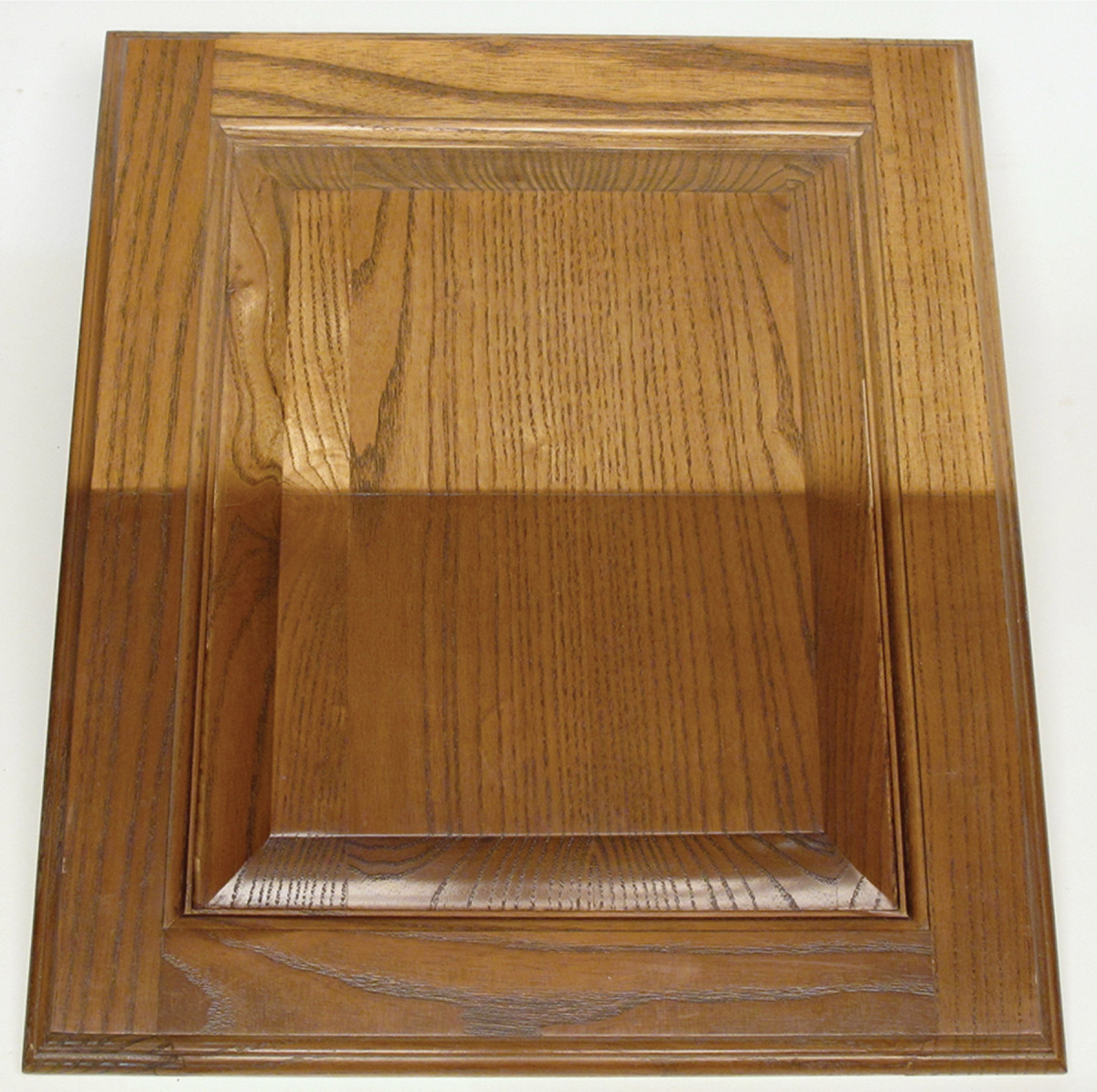
Toning. Toning is done by adding pigment or dye to the finish and spraying it, usually over the sealer (first) coat. Pigment may muddy the effect some. Dye usually produces more clarity. Both make the coloring darker (bottom). Be sure to thin the finish/colorant a lot for better control of the color development, especially on large or multiple surfaces.
The easiest method to apply glaze is to brush or spray it on the wood and brush it out thin. It will take practice to do this effectively without leaving noticeable brush marks. Glazes are always pigmented, so they can’t help but muddy the wood a little.
Because of the difficulty in getting a glaze brushed out evenly, toning is usually the better method of darkening, or tweaking, a color. But glazing can be useful if you don’t spray.
Glazing is more effective for highlighting – for example, leaving some of the coloring in recesses to darken them, or wiping or brushing off in selected areas to create figure patterns.
Here are some supplies and tools we find essential in our everyday work around the shop. We may receive a commission from sales referred by our links; however, we have carefully selected these products for their usefulness and quality.








